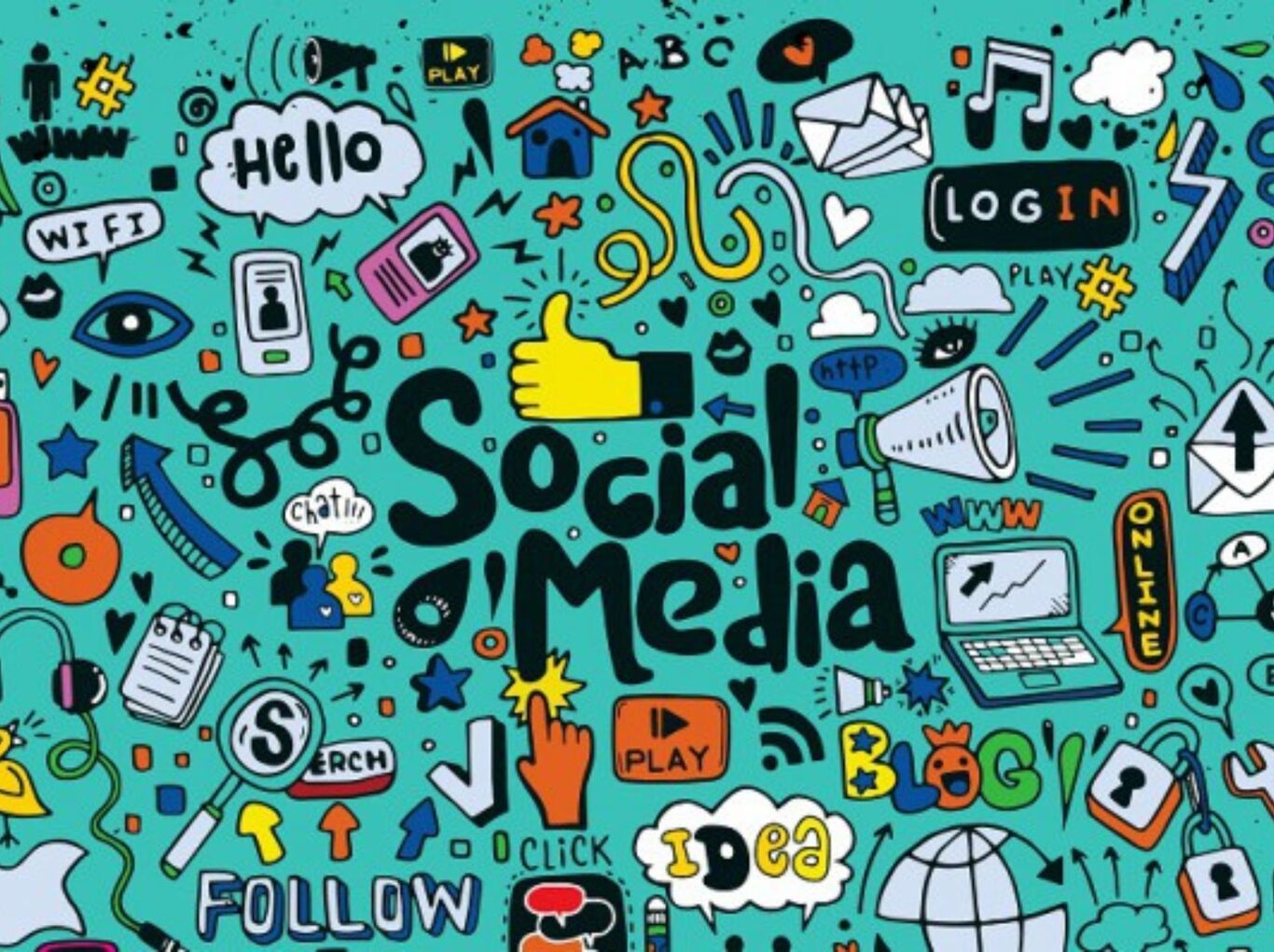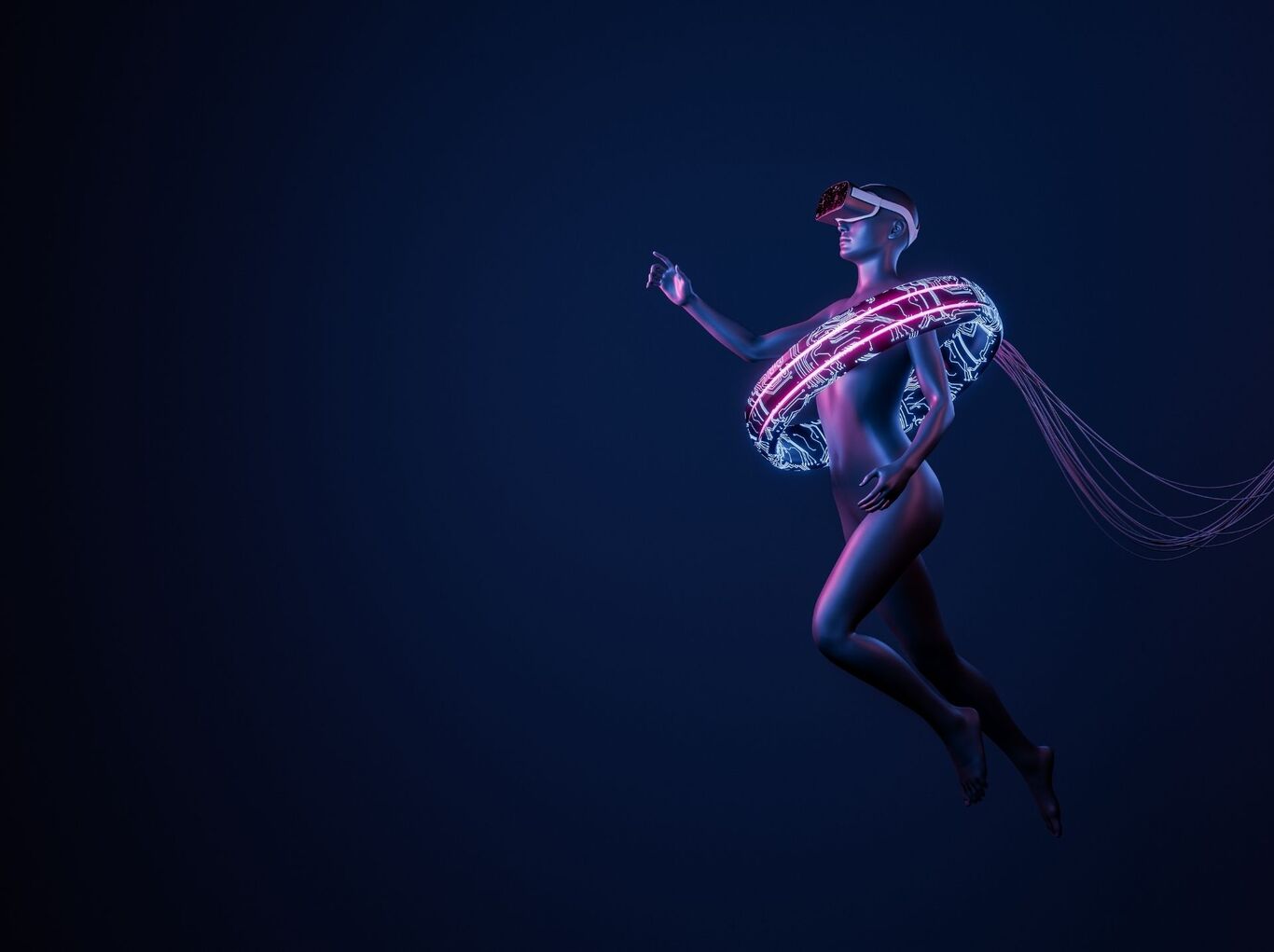The Role of Technology in Revolutionising Fashion: Insights Unveiled

Technology has changed the way top fashion brands engage with customers. The era of defining annual styles through seasonal catalogues is over. Now, digital advancements provide individual shopping experiences previously unthinkable. After all, with the industry projected to grow to USD 3.3 trillion by 2030 brands need to stay updated.
Imagine a smartphone app customising a dress to fit your style and size. Or envision slim augmented reality (AR) glasses that allow you to see how clothes would look on you by looking at a hanger. These are not futuristic dreams; the fusion of fashion and technology makes them possible today.
There are several emerging innovations across the fashion that brands need to remember:
-
Design - Advanced 3D software streamlines rapid prototypes tailored to diverse customer preferences
-
Retail - Virtual try-on and smart recommendation engines enhance online journeys
-
Production - On-demand manufacturing with sustainable materials powered by consumer data
We will analyse real use cases showing the benefits and role of technology in fashion industry. Turn your fashion brand into a sustainable and modern option for the customers.
The Emerging Tech Transforming Fashion
Fashion and technology have intersected for decades - whether the Singer sewing machine or mass-manufactured apparel. But, their role was to improve efficiency, not to change user experience.
Online retail gained steam by the 2010s. Shoppers wished for runway styles beyond geography or seasons. E-commerce marketplaces empowered selection, while data analytics improved recommendation engines.
Today, their success relies on the role of technology in the fashion industry. It enables on-demand manufacturing and hyper-personalisation. It is possible with the power of customer data, AI predictions, and AR.
Fashion brands risk losing their edge if they fail to adopt the latest advancements. So, understanding the role of information technology can go a long way. But, if this sounds challenging, there are better tried and tested ways out there.
Service providers like Growth Jockey can deploy advanced software and workflows. Stay ahead of the competition by making the best use of technology!
Technological Innovations Changing Fashion
Technology has paved the path to three game-changing innovations. Each one expands creative possibilities and deepens consumer connections for fashion brands. Curious to know more about the role of information technology in the industry?
Digital and 3D Design
The CAD (computer-aided design) software and 3D pictures save time and effort. It allows for better customisation. Consumer data feeds these systems to produce made-to-measure fashion aligned with diverse preferences.
Brands can use the best tools, allowing designers to model original patterns. They can also preview garment simulation on virtual models. This digital process lets brands alter quickly, reducing the need for physical samples. This is a big step towards sustainability.
Smart Fabrics and Wearables
Smart fabrics and wearables embed electronics into clothing to make interactive garments. Soon, your jackets may adapt insulation based on their surroundings. The role of information technology in fashion is increasing day by day.
E-commerce and Virtual Fitting Rooms
Online channels provide access to global styles within days. Virtual fitting rooms are increasing prospect conversions. They allow shoppers to visually try items on their photos. Moreover, brands are focusing on recommendation engines that serve styles matching your history and profile.
Sustainable Fashion Powered by Technology
Today's conscious Indian consumers prefer domestic brands that focus on sustainable practices. How can technology enable companies to be more eco-friendly? Let’s look at some real-world applications.
Optimised Manufacturing
3D design software gives accurate digital patterns tailored to customers’ needs. This helps reduce material waste otherwise spent on physical sampling. Further, automated production based on data-driven strategies reduces wastage.
Circular Product Lifecycle
Blockchain tracks clothing lifecycles across stores. This strengthens resale and recycling initiatives. Digital IDs also help brands offer trade-in credits and support rather than seeing products in landfills.
Sustainable Materials
Smart fabrics from recycled plastics, leaves, and other innovative alternatives cut environmental impact. Not only does it help save the environment, but it also builds a solid brand reputation.
In India, Unirec leads sustainable fashion[1] by converting recycled plastic into chic clothing. The brand shows innovation in using renewable resources and aligning with global trends. Unirec's efforts reduce plastic waste, promoting a green fashion.
Indian brands can lead sustainable fashion by embracing the role of technology in fashion industry.
What role will innovations play in predicting future trends? Let's shift our attention to the possibilities ahead.
The Future of Fashion is Tech-Powered
We have explored several technological innovations modernising fashion across design, retail, and sustainability. But we have only scratched the surface of possibilities. Let’s understand the role of technology in fashion industry and find opportunities.
AI and Machine Learning
From inventing new trends to optimising production, AI will be a driving force. Algorithms will analyse consumer sentiments and industry shifts. As a result, they can predict popular styles, patterns, and colours. Behind the scenes, AI-automated supply chains will turn these visions into reality.
Augmented Reality (AR) and Virtual Reality (VR)
AR and VR bring together the real and digital worlds. It makes fashion more exciting. AR allows consumers to see clothing on themselves before purchasing.
VR further offers immersive interactions. It allows brands to gamify experiences in the comfort of customers’ homes. As a result, big investments in these areas can take your fashion brand to the next level.
The possibilities are endless when fashion uses innovations like AI, VR/AR, and more. Technology will restore creative purity between designer imagination and consumer experience.
Challenges and Limitations with Fashion Technology
While technology opens up many opportunities, integrating it can lead to new challenges. Let's talk about the issue of digitisation and high-tech solutions in fashion.
Initial Costs and Unproven ROI
Emerging technologies need a big upfront investment. For cash-strapped brands, the risk may outweigh the potential. But, early testing focused on high-impact areas can justify larger adoption.
Internal Resistance
Creative teams may approach new tools as limiting versus inspiring. Decision-makers must expand the creative possibilities and operational gains that technology brings.
Capability Gaps
A lack of technical talent can make activation delayed and challenging. Rather than build in-house, brands can use reliable service partners like Growth Jockey. We provide integrated technology solutions tailored to fashion needs. Working together can help your brand address capability and capacity issues.
Regulations and Standards
Policies around materials, labelling, and data privacy continue to change. To remain compliant, it is ideal to use legal consultation. Legal help is significant when using tech like blockchain and AI.
A good plan and reliable partnerships can help brands grow despite challenges. It lets businesses make the most of technology in a careful but forward-thinking way.
Summing Up: Drive Growth by Integrating Technology
Technology helps improve consumer experiences and operational efficiencies across the domain. Yet, we have only begun to realise the potential role of information technology. Tech can help deliver quality while unlocking personalisation and creative liberty.
Fashion brands that ignore technological innovations risk falling behind and losing customers. The fashion industry is worth over $1.79 trillion[2]. It's ready to grow even more in the next ten years by using new tools and methods. This growth will also require brands to use a strategic approach.
With the right and reliable technology partners, fashion brands can grow fast. Let technology increase imaginative human expression at every level.
Reach out to service providers like Growth Jockey to transform your fashion brand.
FAQs
1. How can technology enable omnichannel retail for fashion brands?
Omnichannel software integrates backend processes across web, mobile, and brick-and-mortar stores. This connection provides a unified customer view and inventory across channels. It allows convenient buying online and pickup in-store and ship-from-store options.
How can digital design technology optimise the fashion design creation process?
Digital design tools like computer-aided design (CAD) software and 3D visualisation streamline:
-
Designing clothing patterns.
-
Previewing lifelike simulations on virtual models.
-
Iterating samples to reduce cost.
This reduces reliance on expensive physical sampling.
2. What are the main benefits of supply chain automation in the fashion industry?
Fashion brands can leverage IoT sensors, predictive analytics, and ML algorithms. It helps with demand forecasting and timely delivery of inventory across network partners. As a result, it helps reduce overhead costs and waste based on market needs.
3. How can fashion companies build technology capabilities: in-house vs external partners?
Fashion brands can work with third-party service providers. It is especially essential if the technology isn't something they specialise in in-house. This is beneficial for faster solution deployment tailored to current infrastructure needs.
All this is possible while adopting advanced technologies. Hybrid in-house + outsourced models also work well. So, evaluating priorities and available resources is key.








